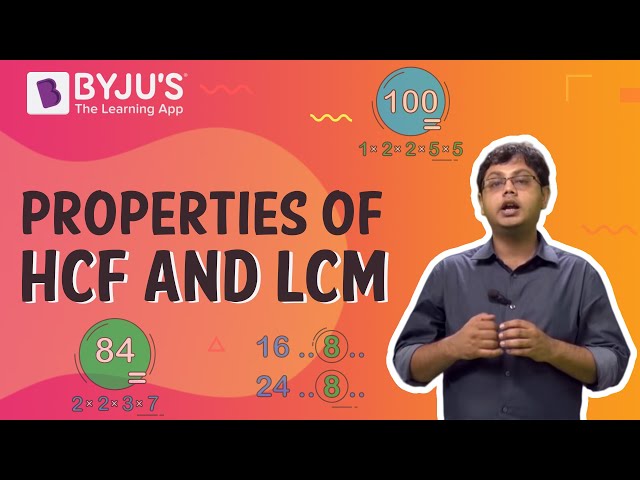The HCF of 5 and 9 is 1. The greatest number that divides 5 and 9 perfectly, leaving no remainder, is known as the HCF of 5 and 9. 5 and 9 have the factors 1, 5, and 1, 3, 9, correspondingly. Long division, prime factorisation, and listing common factors are the three approaches that are frequently used to determine the HCF of 5 and 9.
Also read: Highest common factor
What is the HCF of 5 and 9?
The answer to this question is 1. This article shows how to find the HCF of 5 and 9 using various methods for your reference. The greatest of all their common factors is the Highest Common Factor (HCF) of two or more numbers.
How to Find HCF of 5 and 9?
There are three methods to find the HCF of 5 and 9:
- Prime Factorisation
- Long Division method
- Listing common factors
HCF of 5 and 9 by Prime Factorisation Method
The prime factorisation of 5 and 9 is given by:
Prime factorisation of 5 = 5
Prime factorisation of 9 = (3 × 3)
Hence, the HCF of 5 and 9 is 1.
HCF (5, 9) = 1
HCF of 5 and 9 by Long Division Method
The divisor that we receive when the remainder is 0 after doing long division repeatedly is the HCF of 5 and 9.

No further division can be done.
Hence, HCF (5, 9) = 1
HCF of 5 and 9 by Listing Common Factors
To calculate the HCF of 5 and 9 by listing common factors, list the factors as shown below:
Factors of 5: 1, 5
Factors of 9: 1, 3, 9
Since 1 is the only common factor in 5 and 9, the Highest Common Factor of 5 and 9 is 1.
Related Articles
Video Lesson on Properties of HCF and LCM

HCF of 5 and 9 Solved Example
Find the HCF of 5 and 9 if their LCM is 45.
Solution:
Given LCM × HCF = 5 × 9
HCF (5, 9) = (5 × 9)/45 = 1
Therefore, the Highest Common Factor of 5 and 9 is 1.
Frequently Asked Questions on HCF of 5 and 9
What is the HCF of 5 and 9?
How to find the HCF of 5 and 9 by long division method?
What is the relation between LCM and HCF of 5 and 9?
If the HCF of 9 and 5 is 1, find its LCM.
The HCF of 9 and 5 = 1
⇒ 1 × LCM(9, 5) = 45
Therefore, LCM = 45
What are the methods to find HCF of 5 and 9?
Long Division
Listing Common Factors
Prime Factorisation
Comments